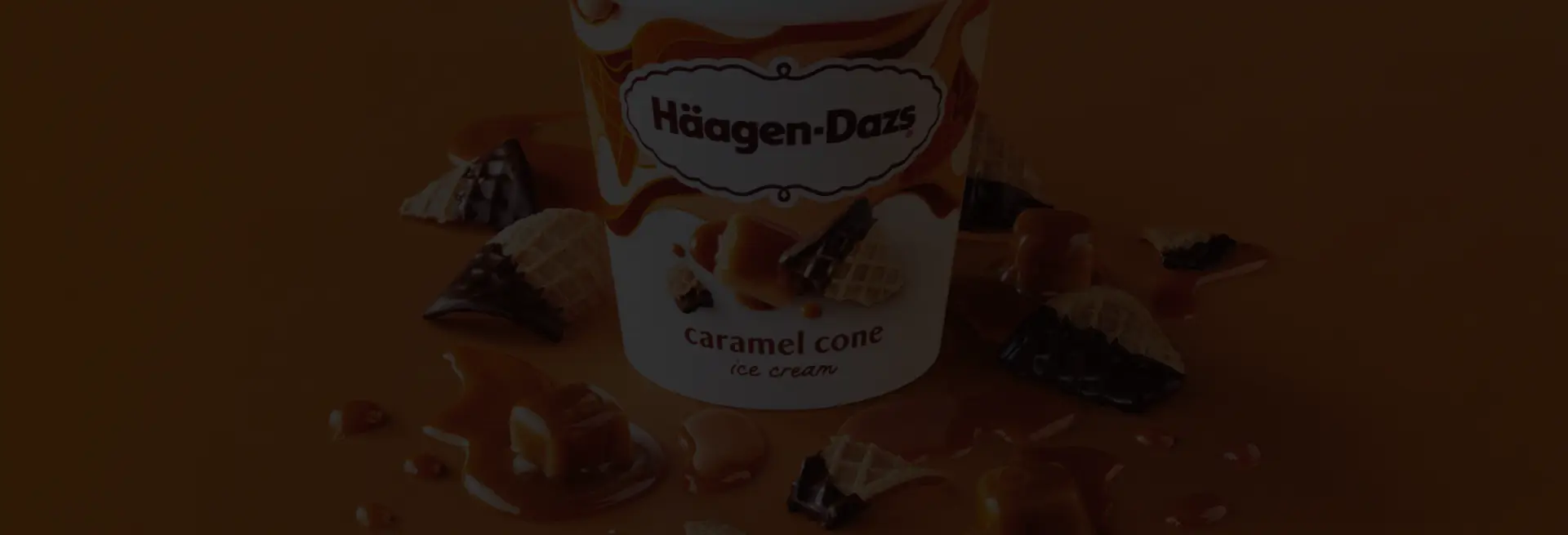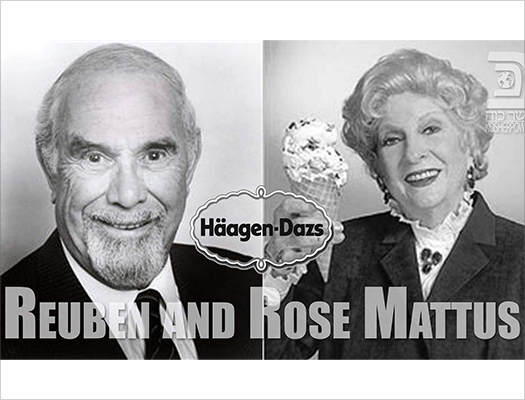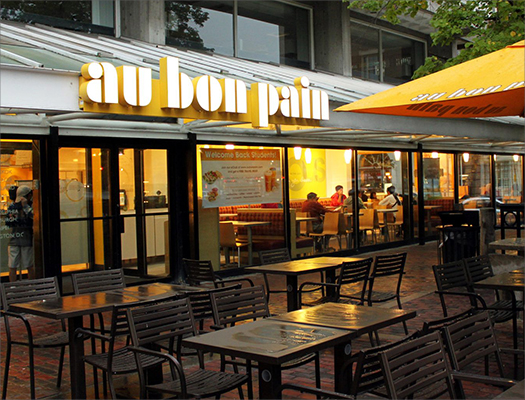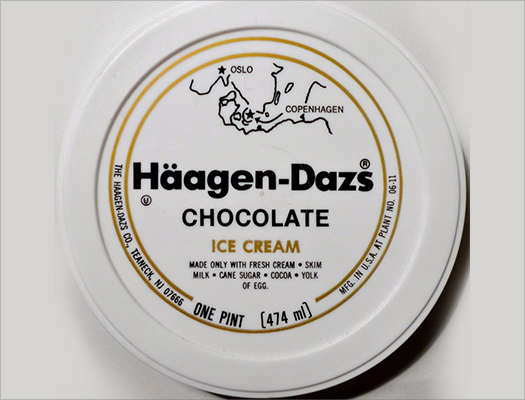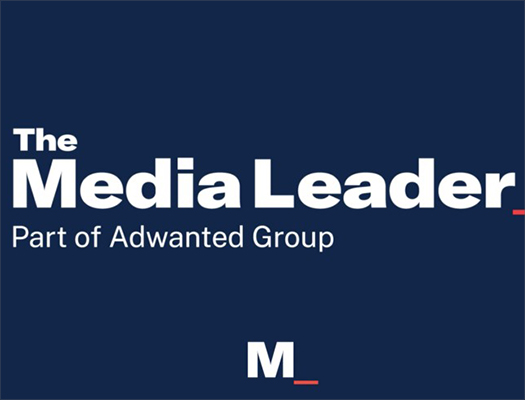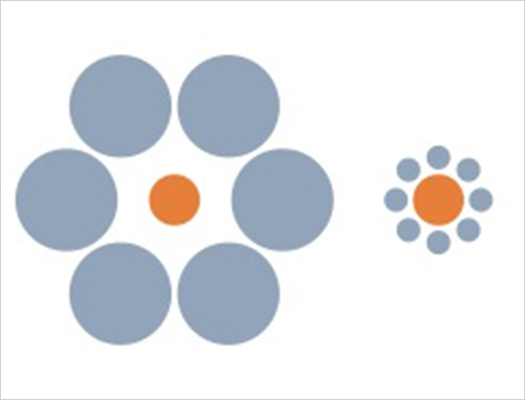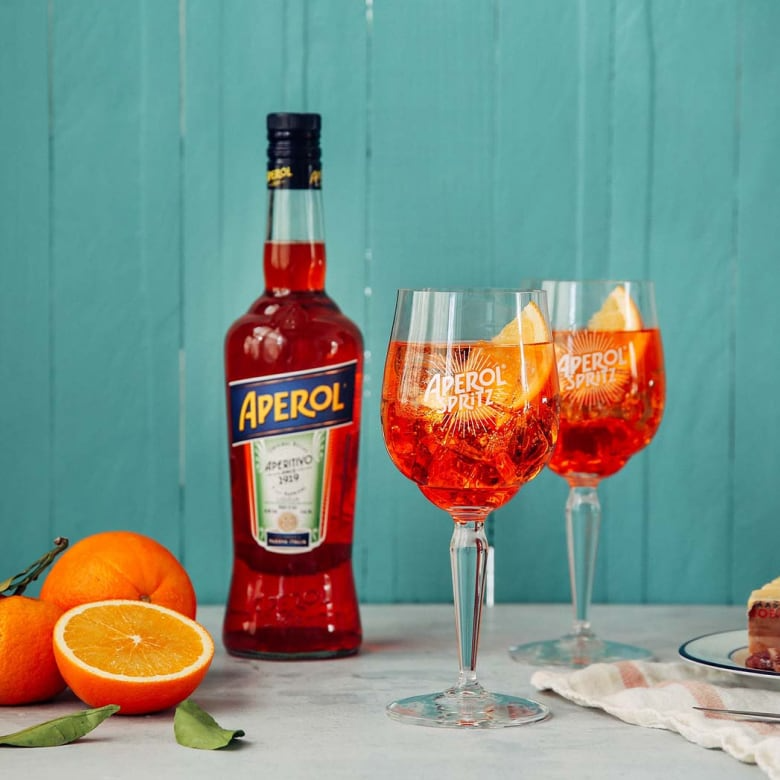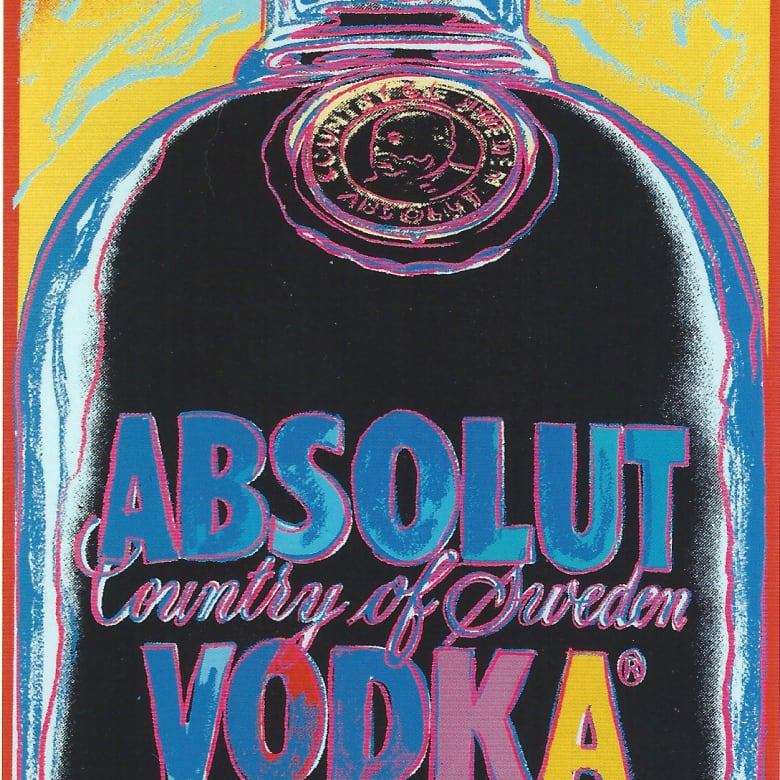Episode Transcript
- MichaelAaron: So welcome back to Behavioral Science for Brands podcast. I'm MichaelAaron.
- Richard: I'm Richard Shotton.
- MichaelAaron: And today we're talking Umlauts, Ice cream, and What's in a name. And we're gonna use Häagen-Dazs as a brand that can really peel back the onion and show us some of these amazing behavioral principles that's been so quarter their success.
- MichaelAaron: So let's get started.
- MichaelAaron: So growing up, to me, the fanciest ice cream was always Häagen-Dazs. It stood apart from all other ice creams that you could walk down the freezer aisle and get, or even if you could be lucky enough to find a store, it was. Ben & Jerry's, or all of these, you know, Good Humor, ice creams, they stood far and above as sophisticated and fancy, and I said to you as we were getting ready for this podcast, that it was so sophisticated because it was international.
- MichaelAaron: It came with that aura of being such a sophisticated international brand. And then you shook me to my roots, Richard, when you told me
- Richard: that it is an American brand.
- MichaelAaron: Don't believe it!
- Richard: Yeah,
- MichaelAaron: don't believe it.
- Richard: It's set up in 1961 by Reuben Mattus an American. Polish origin, but like you, he associated Scandinavia, Denmark in particular with sophistication.
- Richard: So he creates this brand name that basically implies it comes from. Denmark Häagen-Dazs itself is a completely made up set of words, but he calls it Häagen-Dazs. Sounds a bit Danish. He sticks an umlaut over the A. That's a, that's a fiction. They don't do that in Denmark. He even sticks a map of Denmark onto the tub.
- Richard: You know, everything is about creating this association with Denmark and that's because behavioral scientists argue our expectations for products affect our experience, and words are one of the ways of creating that expectation. And so if you make it sound Danish, it has that aura of sophistication and that will actually affect your experience of eating it.
- MichaelAaron: So besides disillusioning me, yeah, you proved something for me personally, which I don't think I even knew that, umlauts weren't used over a’s, but I took the brand's essence and core and it told me something that it was more premium. It told me that it was more sophisticated than a traditional American brand.
- MichaelAaron:They're tapping into something in sociology or psychology.
- Richard: I would call it expectancy theory. Our expectations influenced the experience. And I think one of the great things about behavioral science is it's not just a logical argument. People aren't just using, rationalize, trying and persuade you.
- Richard:This is the case. There are experiments that back it up. So probably the most famous is a 2005 study by Brian Wants at Cornell, works with a cafeteria. And sometimes when people go in, they might be served chocolate pudding, other people get exactly the same Chocolate pudding. This is the same recipe, same batch, but it's called satin chocolate pudding.
- Richard: And then later on, those people are asked to rate the taste and there are a statistically significant 7% improvement in the taste if it got the fancy label. So expectations that can be developed by a good piece of copyright, a good name, haven't a genuine effect on our actual enjoyment of a product.
- MichaelAaron: So Richard, when you told me about Häagen-Dazs being an American brand, my curiosity just went wild.
- MichaelAaron: I said, well, who else has used this tactic? And Atari one of the biggest game consoles in the late seventies, eighties and nineties. I always thought Japanese brand made because that's where the center of consumer electronics was at that time, not. The name itself is inspired by Japanese. It means to hit a target, but the rest of it made in Sunnyvale, California.
- MichaelAaron: the logo is meant to look like Mount Fuji, but nothing else about that brand is Japanese, and it got me thinking the makers of Atari knew that for their brand to be successful, they should borrow the credibility of the Japanese excellence in consumer electronics. Same that Häagen-Dazs borrowed that credibility to make ice cream.
- MichaelAaron: So, you know these examples,Häagen-Dazs and Atari, using what the industry would call foreign branding may feel a little on the line in 2022. Was it appropriate to take another culture, use its superior in an industry and take advantage of it for their own benefits, and I think we can all agree today it may be viewed differently in 2022.
- Richard: Yeah, I think these things. I feel amusing and acceptable when you're looking back 60 years if a brand was making that decision. Now probably a bit more dicing, but lots to learn from it.
- MichaelAaron: I think the bigger question is, is there ethics and morals that we all have to be thinking about as we dive deeper into behavioral science?
- Richard: I think that's a great question and I think it's an important one. Um, my argument would be behavioral science is essentially neutral. It just makes sense. How you use that tool is a crucial thing. If you are using these tactics, which boost the probability of persuading someone, if you're using them for good, absolutely fine.
- Richard: If you're using them in a way that is manipulative or the consumer wouldn't like that being done to them, then I think you have a bit of a problem. There's a brilliant bit of fact at the beginning of Richard Taylor's book Nudge, where he talks about an American philosopher, John Rawls and Rawls has this argument called the Publicity Principle.
- Richard: And essentially, I'm pretty sure it's the publicity principle, but essentially it's the argument that if someone knew you were doing this, would you feel embarrassed? So if someone knew that you were pretending to be Danish, would you be embarrassed? And I think that's a pretty good guide for running through any of these tactics.
- Richard: If you wouldn't want people to find out that you're using them, then maybe you should leave them alone.
- MichaelAaron: Inspired by the Bible. A good lesson for your kids. Yeah. And a pretty smart way to do marketing. Yeah. Yeah. Okay, so let's take hear from our sponsors and we come back, we're gonna deep into this topic.
- MichaelAaron: Behavioral science for brands is brought to you today by Method 1. Method 1 builds digital first marketing systems to help brands grow their behavior change. Experts who solved business challenges. By creating meaningful connections with consumers, with deep disciplines in many brand categories, reach out to them if you'd like to be leveraging behavioral science in your marketing or advertising.
- MichaelAaron: So using Häagen-Dazs as an example of foreign branding is instructive and it teaches us some things, but there's really a lot more to the Häagen-Dazs case study that we wanna bring to table
- Richard: here. Yeah, absolutely. A bigger learning from them is probably what they did in the, gosh, was it late eighties, early nineties?
- Richard: Yep. That's right. Saw the BH advertising. What they did so brilliantly there was tap into an idea called price relativity. So they repositioned target us as a very kind of adult sexy, central product and by splitting it away from the rest of the category, which was, you know, childish day glo colors, you know, stuff that you can give to your kids.
- MichaelAaron: Ice cream truck going down the street.
- Richard: Exactly. They break that price comparison. Now, what's so interesting is a theme from behavioral science is when people think about how much a product is worth, they don't just weigh up the benefit they get from it, what's crucial is, rather than that kind of absolute evaluation, they do it relatively.
- Richard: So what we are prepared to pay for something again and again, is driven by what we compare it to. So Häagen-Dazs changing this kind of mental comparison set away from low value, cheap, childish brands, suddenly allowed them to charge a much, much greater amount. One of the great things about behavioral science is this is never empty theorizing.
- Richard: It's always based on a study. On an experiment. Exactly. And this, we have some data that we've done ourselves. So 404 Americans. We went out and said, look, here's some Ben & Jerry's. It costs $3.99. Here's some Walmart own label. It costs 1.99. How good's the Ben & Jerry is how good value the Ben & Jerry's is.
- Richard: And 27% of people think it's very good value. Next. Same price, Ben & Jerry's ice cream, same size tub, but this time we're comparing it to a $4.99 Halo Top. It's exactly the same. Ben & Jerry's exactly the same price, but the proportion thinking it's very good value jumps about 50%. It's now 42%, we are not weighing up quality and cost.
- Richard: We are comparing items to the easily easiest available alternatives. So if you as a brand can shift your mental comparison set, you can shift willingness to pay by orders of magnitude.
- MichaelAaron: Another famous example of changing your comparison set. is when Keurig invented K-Cups. And when Keurig first launched K-Cups, they said, how can we set the price so that we can make more money on each sale of a K-Cup, uh, than we could in a bag of ground coffee.
- MichaelAaron: So if you compare a bag of ground coffee, call it 4.99 at the grocery store, to how much coffee you get in a bag, to how much coffee's in a K-Cup. A bag of coffee in K-Cups would cost like $150. Yeah. Yeah. So what Keurig brilliantly did is they say look, you can go to a Starbucks and pay 3.99 for a coffee, or you can get that same great cup of coffee from a Keurig K-Cup for only 60 cents.
- MichaelAaron: So they change the comparison rather than to other coffees. You can get at home and brew at home, which would be a few cents a cup. They compare themselves to going out to a store and getting it from a Starbucks or from a local barista. And in doing, They change what their price is being compared to similar strategy.
- MichaelAaron: Right?
- Richard: Yeah, absolutely. And point that is, that is a phenomenal order of magnitude in terms of what you've just changed. Consumers are prepared to pay, so you can take a well-known behavioral bias. Price relative is not a secret. Apply it creatively to your brand and you can make hundreds of millions of dollars.
- Richard: I mean, this is a real commercial opportunity.
- MichaelAaron: and one that is stretches marketers to not just think what's the ad campaign? Yeah. Instead it's to say, what's the positioning of the product? How are we solving a consumer need in a bigger, broader way? And if we can change the dynamic that people think about our brand, we can change the profitability, we can change this.
- MichaelAaron: Richard, we're talking serious behavioral science stuff here, but can we miss not asking your favorite type of ice cream?
- Richard: Oh, it is Nobbly Bobbly
- MichaelAaron: What's your favorite ice cream?
- Richard: Uh, a Nobbly Bobbly
- MichaelAaron: I mean, everyone's face translated, translated for us Americans here.
- Richard: So it is an amazing ice cream. It's pretty hard to get hold of, is the kids' ice cream on a lolly stick and it is just kind of dunked into hundreds and thousands that's covered in these, uh, hundred thousand pieces.
- Richard: It's absolutely lovely. Best ice cream by far
- MichaelAaron: pieces of chocolate?
- Richard:Oh, no, no, you now hundreds and thousands. They're like, um, no uh, bits of sugar, basically. Ah-ha. Colored sugar. Yeah.
- MichaelAaron: Got it. And this is a treat that young British children can have.
- Richard: Yeah. Nobbly Bobbly
- MichaelAaron: Well, of course there we have it
- MichaelAaron: So Richard, we always want to end our podcast with giving our marketers clear, quick hits on the most important things they should take away from today's talk.
- Richard: So two big things. First is we experience what we expect to experience. We've been talking about how using adjectives can set up positive expectations.
- Richard: But it could be focusing on the serve. It could be focusing on the price. You as a marketer have to make sure when your customer experiences your product, you've set up those expectations as positive as possible. And then secondly, I think this is the bigger idea, people do not work up prices in an absolute sentence.
- Richard: It's a relative decision. So how can you change your consumer's mental comparison set? And if you do that, there is a phenomenal opportunity to increase revenue, increase the marginal.
- MichaelAaron: Excellent, and that brings us to the end of our show today. If you like what you heard, please give us a nice rating, give us a nice review.
- MichaelAaron: We'd love to hear from you. My name's MichaelAaron Flicker.
- Richard: And I'm Richard Shotton.
- MichaelAaron: Hit us up at [email protected]. Let us know how you like the podcast, things you'd like us to cover. What's your favorite type of ice cream?
Episode Highlights
Satin Chocolate Pudding
Behavioral scientists argue our expectations for products affect our experience, and words are one of the ways of creating that expectation.
Foreign Branding Today
Leveraging the benefits of another culture for a competitive advantage can be viewed differently in 2022. Are there ethics and morals that we all have to be thinking about as we dive deeper into behavioral science?
The Idea of Price Relativity
The value of a product is actually created in the mind of the customer. How using a simple bias can make your brand seem much better value.
Resources & Useful Links
Want to see more examples of brands that have leveraged behavioral science to increase
their perception of value and popularity? Here are some additional resources
that show how the science behind these theories has been used
for practical marketing applications.
